
On May 12, 2025, WBL Medical Group was successfully included in the "Sci-tech Innovation China" Annual Tech Innovation Enterprise List, thanks to its self-developed Low-Intensity Pulsed Ultrasound (LIPUS) technology. This honor not only marks WBL's leading position in the men's health medical equipment sector but also highlights the successful practice of its "medicine-engineering integration" innovation model. As the core clinical partner of this technology, Professor Long Tian, Director of Urology at Beijing Chaoyang Hospital, played a key role in the development process, providing important support for the clinical verification and optimization of the LIPUS device.
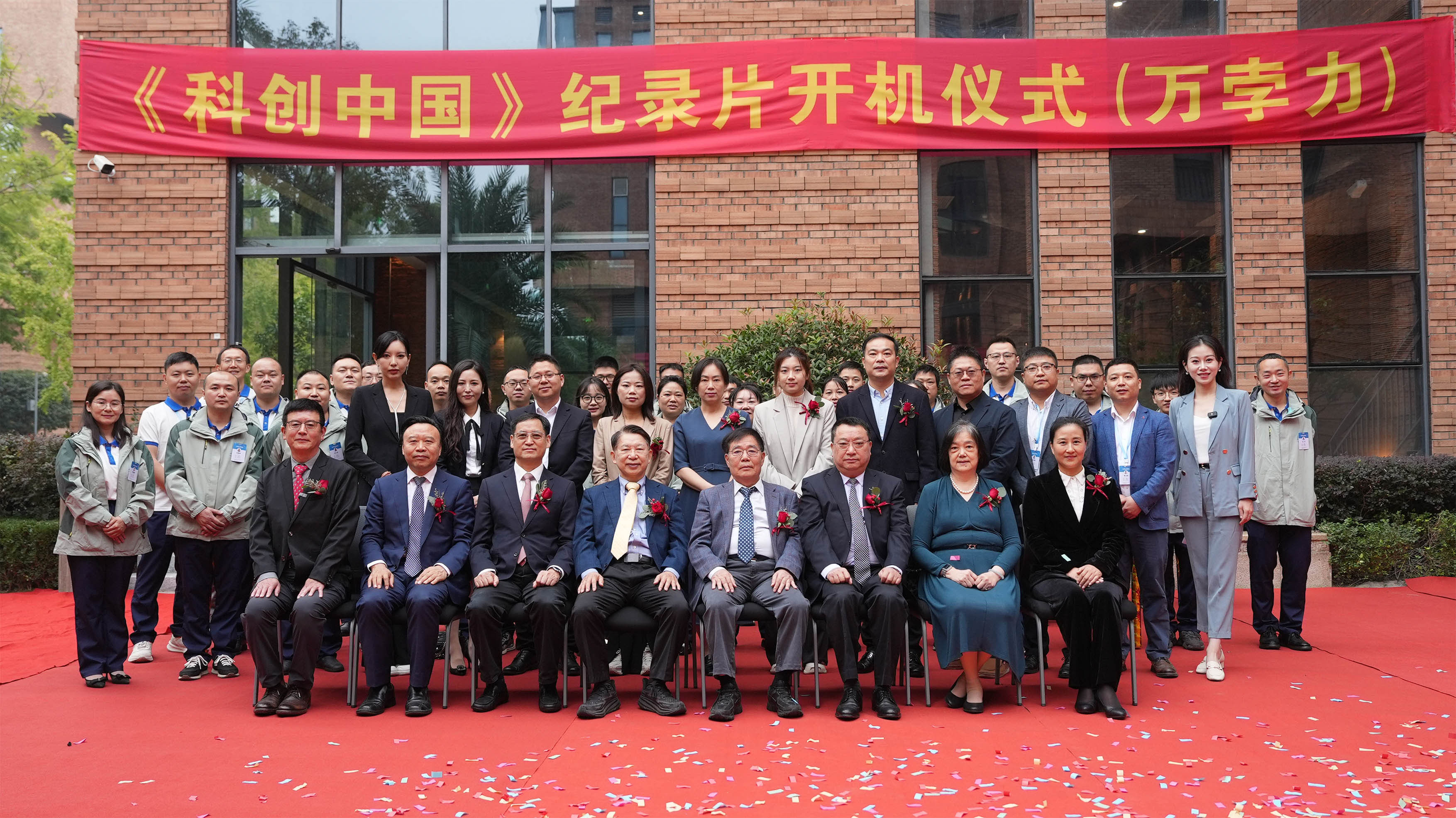

Professor Long Tian
Director of Urology, Beijing Chaoyang Hospital, Capital Medical University
Chairman of the Male Plastic and Rehabilitation Committee of the Chinese Medical Doctor Association
Vice Chairman of the Male Science Society of Beijing Medical Association
Deputy Secretary-General of the Asian Andrology Association
Deputy Secretary-General of the Urology Branch of the Chinese Medical Doctor Association
Vice Chairman of the Male Reproductive Committee of the Chinese Medical Doctor Association
Committee Member of the Male Science Group, Urology Branch, Chinese Medical Association
Leader of Male Science at Beijing Chaoyang Hospital, Capital Medical University
From Laboratory to Clinic: Professor Long Tian Drives Technology Implementation
The development of LIPUS technology began in 2015, with WBL collaborating with top domestic and international expert teams. However, the primary challenge for the research team was how to translate the biological effects of ultrasound from the laboratory into a safe and effective clinical treatment solution. As a renowned expert in the field of urology, Professor Long Tian played a deep role in the early design of the device.
During the clinical trial phase, Professor Long Tian's team conducted the first controlled study of LIPUS in treating vascular erectile dysfunction (ED) at Beijing Chaoyang Hospital. Through a rigorous double-blind trial design, he confirmed the significant effects of this technology in promoting cavernous vascular regeneration.
1.Improvement of Endothelial Function to Promote Angiogenesis: By upregulating the expression of vascular endothelial growth factor (VEGF), increasing endothelial cells in the penis (such as vWF and RECA-1 positive cells), and improving microcirculation. Enhancing the nitric oxide (NO) pathway: increasing the expression of endothelial nitric oxide synthase (eNOS) to promote NO release, improving vascular dilation function.
2.Inhibition of Fibrotic Pathological Changes and Regulation of Collagen Metabolism: Increasing the collagen I/III ratio and reducing fibrotic markers (such as TGF-β1, CTGF) to improve cavernous tissue structure.
3.Restoration of Smooth Muscle Content: By upregulating alpha-smooth muscle actin (αSMA), increasing the smooth muscle/collagen ratio, and alleviating cavernous fibrosis.
4.Repair of Nerve Function and Promotion of Nerve Regeneration: Increasing the number of nNOS-positive nerve fibers, improving nerve signal transmission, and regulating signaling pathways to inhibit the TGF-β1/Smad/CTGF pathway: LIPUS downregulates this fibrotic pathway, reducing penile tissue damage induced by diabetes.
5.Non-Thermal Mechanism of Mechanical Stimulation: The mechanical stress (such as sound flow and micro-massage) of pulsed ultrasound may activate cellular repair responses and promote tissue regeneration without significant thermal damage.
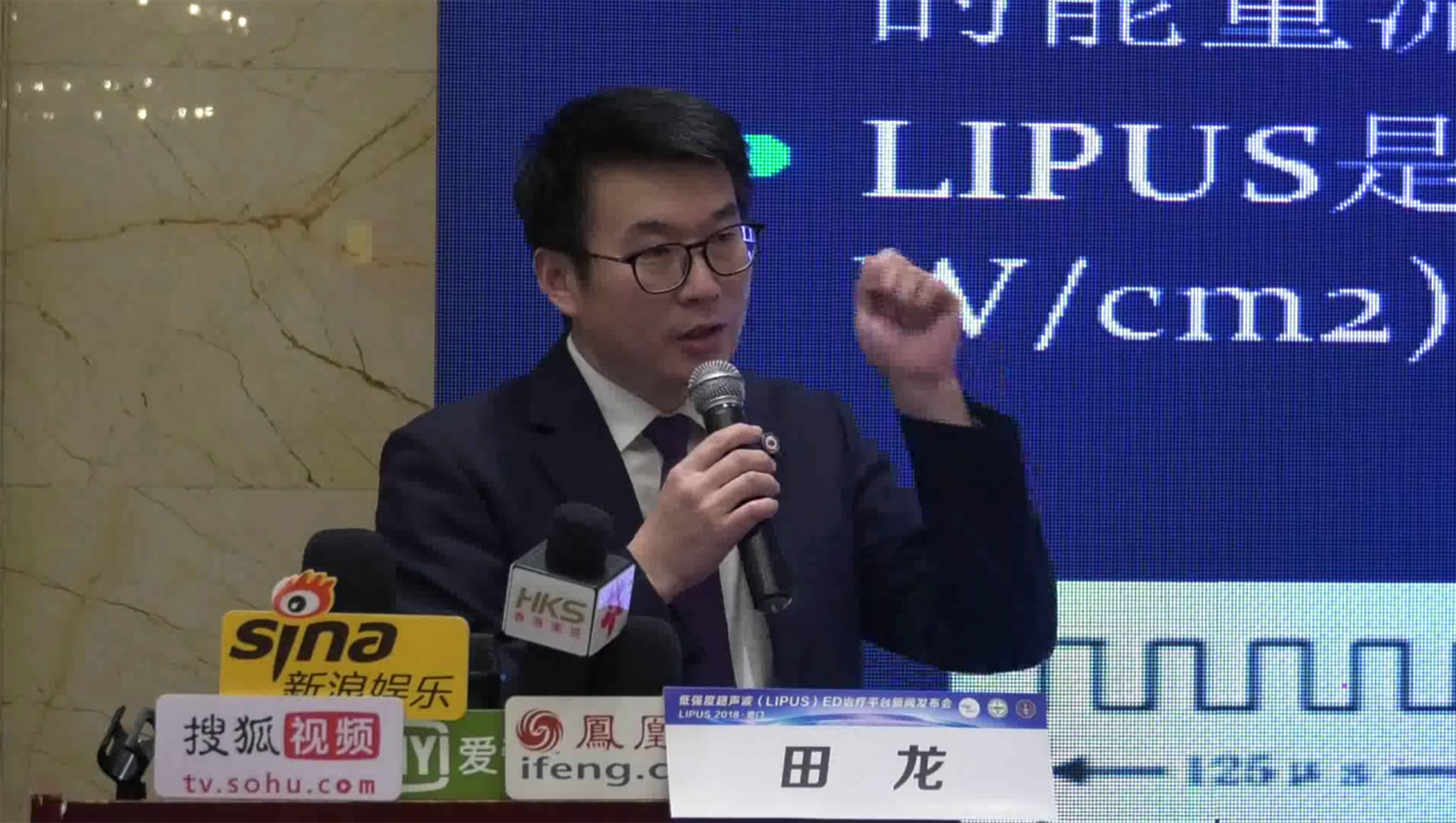
Medicine-Engineering Collaborative Innovation: Optimizing Product Design and Enhancing User Experience
As the clinical PI for WBL's LIPUS technology, Professor Long Tian not only provided key medical data but also deeply participated in the iterative optimization of the device. He astutely recognized that traditional physical therapy devices often affect patient compliance due to their complexity and lack of comfort. As a result, he proposed a "minimally invasive + intelligent" improvement plan, recommending that the development team optimize the treatment head's contact area and introduce a pressure sensor system, greatly enhancing patient experience while ensuring therapeutic efficacy.
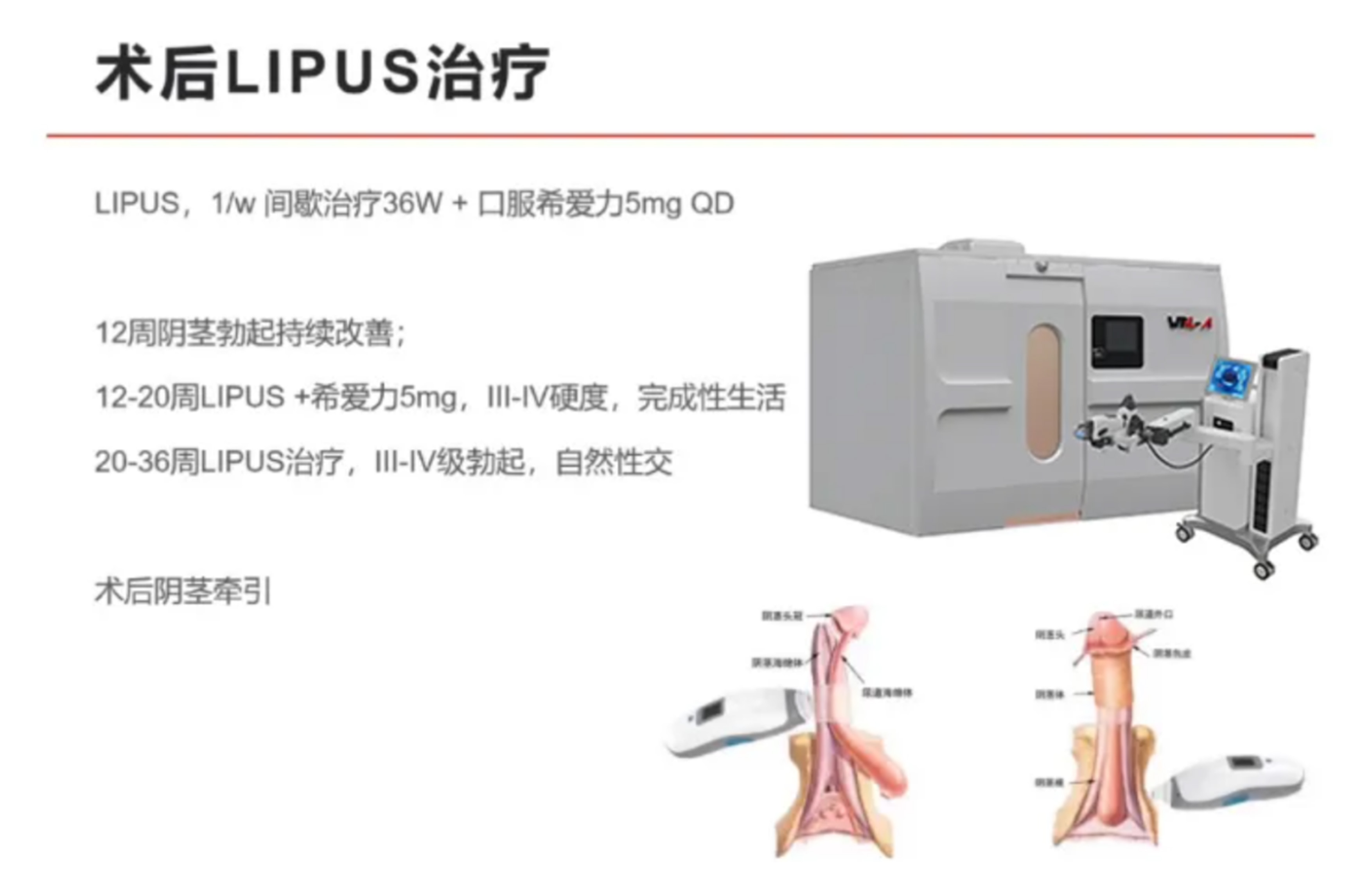
Ranking in "Sci-tech Innovation China": National Recognition of Innovation Model
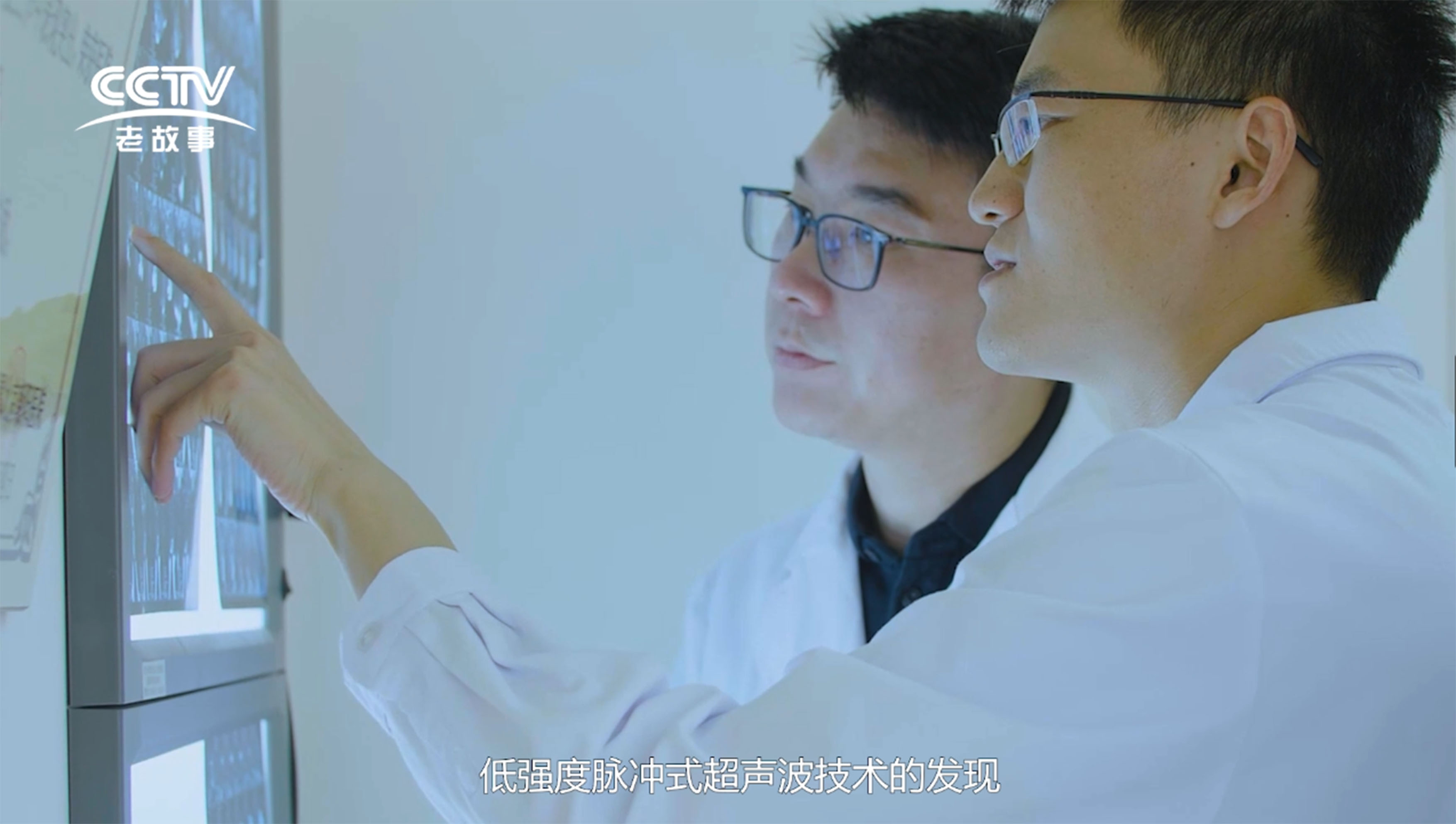
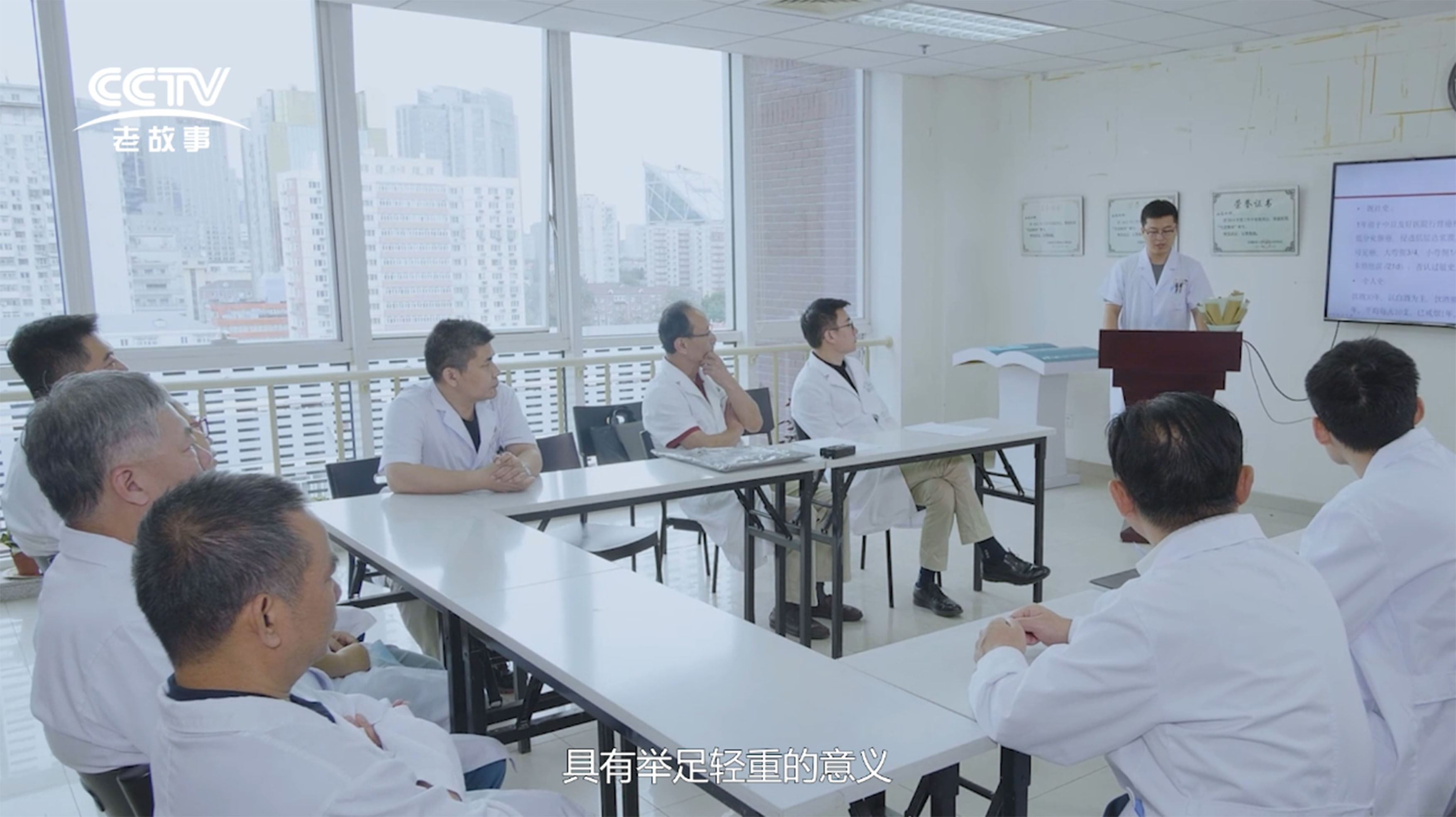
WBL Medical Group's inclusion in the "Sci-tech Innovation China" list is not only a recognition of its technological strength but also an acknowledgment of its "industry-academia-research-medicine" collaborative innovation model. WBL stated, "Professor Long Tian is both a rigorous scientist and a visionary clinical practitioner. His contributions have brought LIPUS technology from the laboratory to patients, becoming a groundbreaking solution in the men's health field."
Against the backdrop of the nation's vigorous promotion of new types of productive forces, the collaboration between WBL and Professor Long Tian provides a model for medical technology innovation. In the future, both parties will continue to explore the application of LIPUS technology in new indications such as chronic prostatitis and pelvic floor rehabilitation, as well as develop an AI-based remote efficacy monitoring platform to further promote the popularization of precision medicine.
Empowering Health with Technology, Leading the Future with Innovation
The rise of WBL Medical Group is a microcosm of China's independent innovation in high-end medical equipment. The deep integration of Professor Long Tian's clinical wisdom with WBL's engineering technology demonstrates the powerful vitality of "medicine-engineering integration." As LIPUS technology benefits more global patients, this health revolution driven by scientists, doctors, and enterprises is writing a new chapter in the field of men's health.